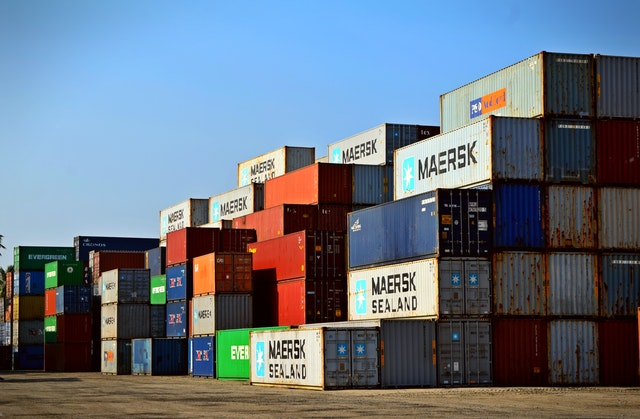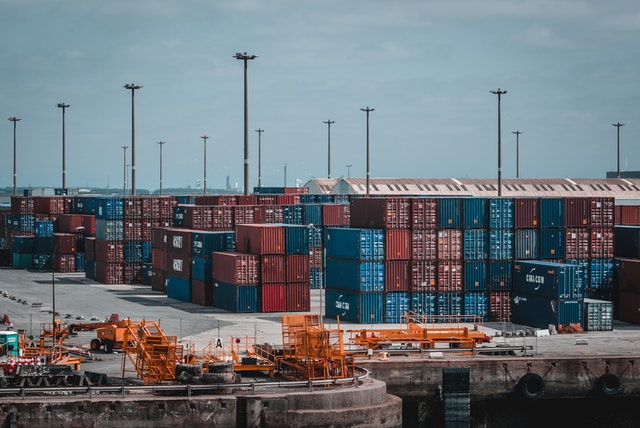
Shipping items has become a conventional activity in our everyday life. In the past, the term shipping only applied to goods moving from one country to another through the sea. Thanks to eCommerce, shipping has now extended beyond the seas. Over the last ten years, data shows that over 2 trillion dollars were spent on eCommerce worldwide. Experts have said that these numbers are expected to double soon.
The growth of remote transactions also calls for the movement of goods from one location to another. One of the growing concerns of logistics is damaged goods in transit. In Logistics, Over one billion dollars is lost to damaged goods every year. There are hundreds of commodities that are hardly included in eCommerce or international trade because of fragility. Goods that can withstand the pressure of movement still receive some form of damage while in transit. However, one needs to find a way to mitigate such damage to goods on transit. Pro Tip: No matter which mode of shipping you choose water, air, or road, make sure it is fully insured to cover the loss if any occurs. For instance, you may visit https://simplexgroup.net/
Below is a collection of 6 tips on how to avoid shipping damage. Applying these tips can help you lower your rejection rates and increase your revenue.
Avoid Overhang on a Shipping Pallet
Shipping with a pallet could be technical, and it requires some measures and caution. Shippers working with pallets should avoid items from overlapping the length or width of a pallet. The parts of the stem protruding from the sides of the pallet are called the overhang.
Protruding items on a pallet may result in damaged goods. Forklift trying to lift an item might damage the protruding object. When things bump into one another or the wall of the container, it could also result in damages.
Use Corner Boards for Your Pallet Loading
When you have items that might easily damage a pallet, use a corner board to protect the items from bumping into the walls of the container or the forklift. The corner board would be fitted into the pallet, and it stands erect to the side of the shipment on the pallet, protecting the items.
An essential best practice is to wrap padding around the shipment before fitting the corner board in place. The padding would receive any shock from impact in case of excessive activities during transit. However, when it comes to products with carton damaged, you can still buy them at a cheaper cost.

Photo by Samuel Wölfl from Pexels
Use Shrink Wrap Appropriately
Several shippers often apply one layer of shrink wrap around the shipment, which is a grave mistake. The ideal procedure is to use a double layer of shrink wrap over the shipment. If you have your corner board in place, ensure that your shrink wrap holds the corner board firmly to the shipment.
It is best to allow the shrink wrap cover halfway down the pallet to avoid the wrap from peeling off while the item is in transit. Besides, Items that are not held in place by shrink wrap are at risk of moving off their pallets.
Pack Your Non-fragile Item in a Box with an Extra Space
Compared to other items, non-fragile items are less problematic. Most shippers insert the items in cartons. However, some procedures can help you avoid the risk of denting these items or ultimately damaging them.
Shippers of non-fragile items should use boxes that provide enough space to sit in the center. Before packing, the item should be enclosed in bubble wrap to give it a shock absorber during impact. The extra space in the carton must also be filled with soft materials to hold the item in place and prevent it from bumping around during transit.
Use Box-in-Box Method for Fragile Items
Fragile items are susceptible to damage. First, one needs to protect the item with a bubble wrap box, similar to a non-fragile item. After which, the box is packed in a giant box. The bigger box must provide an allowance of three inches cushion around the smaller one. It would help protect it from direct impact and bumping around.
Finally, it is vital to stick a notice on the side of the box indicating that it contains a fragile item. It would help parkers stay conscious when handling the shipment.
Avoid Overweight
Whether for an eCommerce shipment or a major freight shipment, weight is a significant concern. The weight of the item you intend to ship should influence the packaging methods. Shipping heavy items with lightweight cartons or pallets would result in damages.
Ideally, it is recommended that items on any given pallet should not be heavier than 2000 pounds unless it’s otherwise indicated. Overloading a pallet can cause it to cave in, resulting in total damage to the goods.

Wrapping Up
Packing items for shipping is quite technical. Shippers need to follow the correct procedures to reduce the risk of having goods or items damaged during transit. More than 90% of returned or rejected goods can be traced to shipment damages.
A recent report shows a rise in the rate of damaged goods as more transactions are now happening online. There is a need for shippers to adopt packaging best practices to reduce recurrent damage. Above is a rundown caution that would prevent damages to goods in transit:
Use the correct packaging methods, adopt the most appropriate means of transportation, load freight appropriately, secure fragile and non-fragile items in their cartons, and avoid overhang goods and items on pallets.

